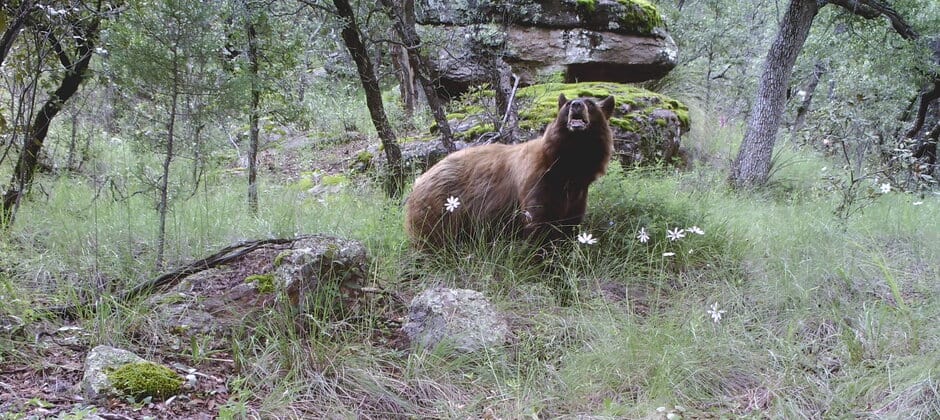Share this article
Wild Cam: Black bears face connectivity obstacles in Mexico
In 2014, wildlife managers in Mexico captured a bear in the Sierra Madre Occidental, Mexico’s western mountain range, that didn’t quite seem to belong—it was much darker than the ones usually found there.
Black bears from the western mountain range typically look more like brown bears. They’re often a cinnamon or light black color like the one in the photo above—usually a little lighter than those found in the Sierra Madre Oriental mountain range to the east, according to Carlos Lopez Gonzalez, a research professor at the University of Queretaro in Mexico.
But how did it get there? The two mountain ranges were separated by more than 500 kilometers—an area filled with towns, cities, development, ranches, highways and other obstacles that might pose a problem for a black bear (Ursus americanus) on the move.
Enlarge
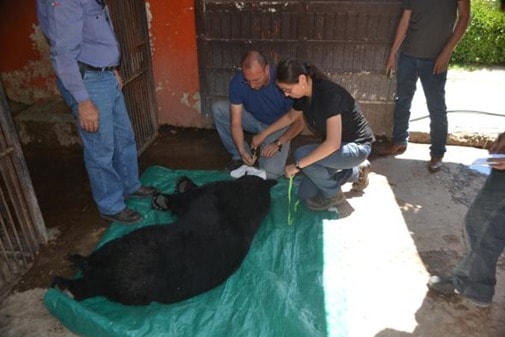
Credit: UAQ/Itzeni/CONANP
The researchers took tissue and hair samples, and put a radio-collar on the male bear that tracked its movement from roughly May 2014 to December 2015.
Data on the bear’s movements contributed to a study published recently in Landscape Ecology in which researchers looked at the ways that the sierras may connect in northern Mexico. The telemetry points from the one collared bear were combined with historical black bear occurrence records from both mountain ranges.
“We wanted to see if we could assess the presence of corridors in the Sierra Madre Oriental and Occidental,” Lopez Gonzalez said.
Enlarge
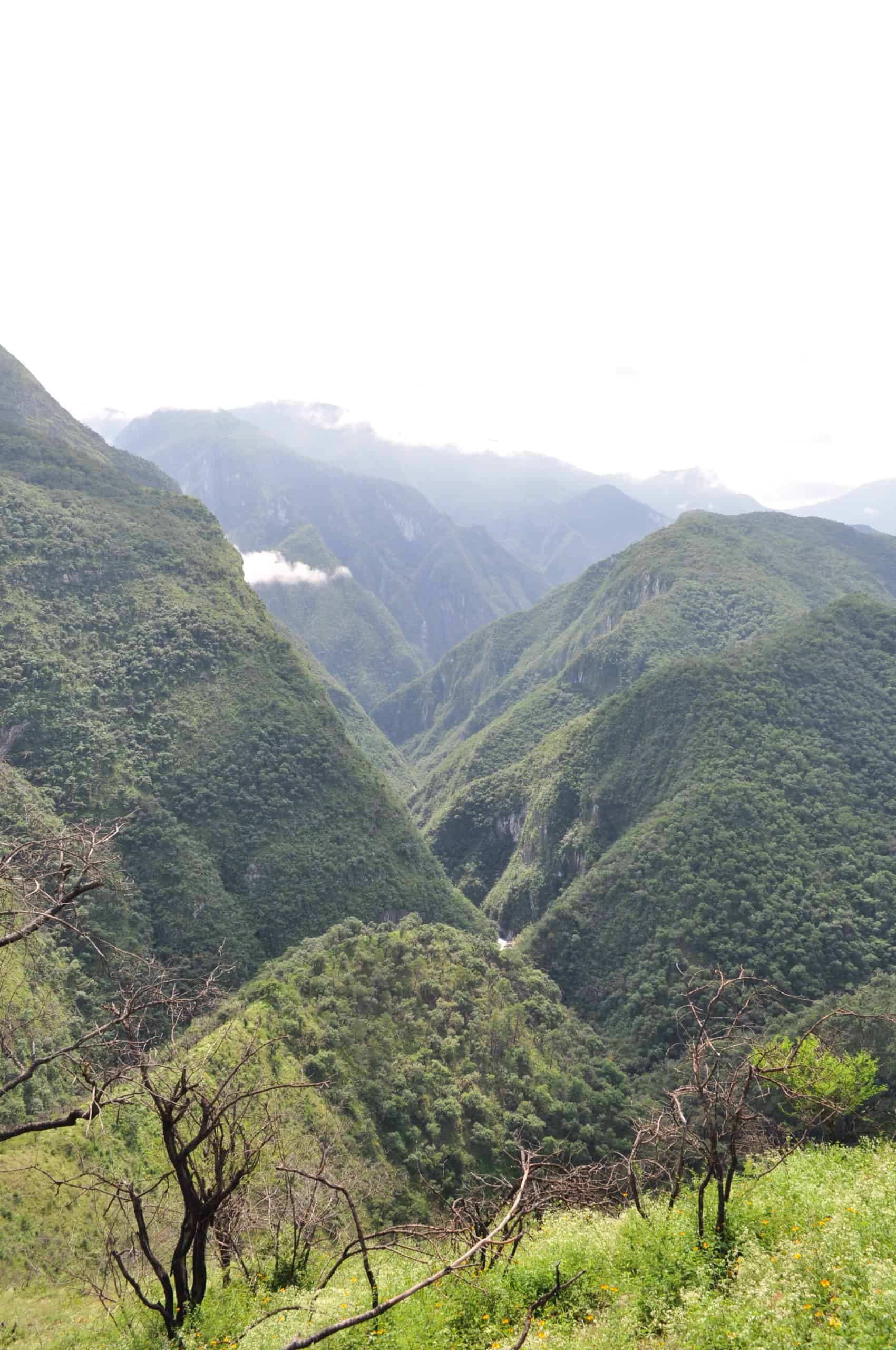
Credit: Juan Luis Peña
Lopez Gonzalez and his colleagues were surprised to see the collared bear head off once again for the eastern mountain range, pictured above, over the 600 days they tracked the animal. The bear traveled about 1,500 kilometers on the trip.
“These animals have the capability of traveling long distances, even in landscapes you wouldn’t expect them to be traveling through,” Lopez Gonzalez said.
Enlarge
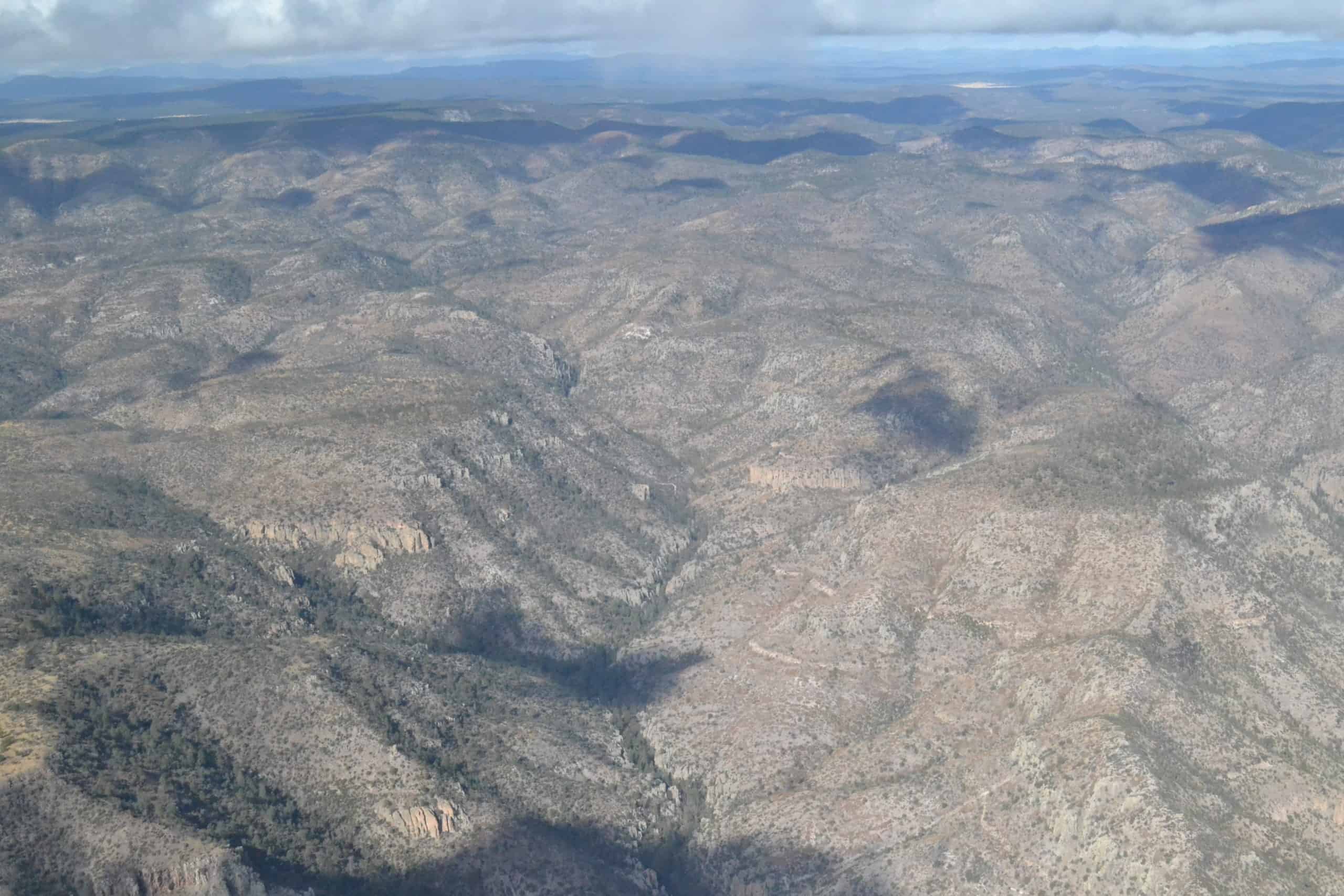
Credit: UAQ/Itzeni/CONANP
Research analyzing the tissue and hair samples taken from the collared individual revealed the male was initially from the Oriental mountain range (pictured above). Since it was captured in the Occidental, it must have completed a return trip, as Lopez Gonzalez and his colleagues suspected when they first saw the bear.
“This guy crossed a lot of highways from the Sierra Madre Oriental to the Sierra Madre Occidental,” he said.
The models show there are limited avenues for the bears to move between the two mountain ranges. The collared male showed it’s certainly possible, but Lopez Gonzalez noted that females typically move much less than males, and were even less likely to travel between the mountain ranges.
“When you consider the traditional movement of black bears, most of these individuals don’t travel that far from where they’re born,” he said.
In the past, he said, they likely moved between these ranges more often. But since humans have added more and more obstacles over the decades, the likelihood of a bear surviving that journey across highways and through other hurdles has become less likely. It’s especially unlikely for the bears to reach some of the southern areas, where they were historically found, from northern Mexico, where they are currently found.
Enlarge
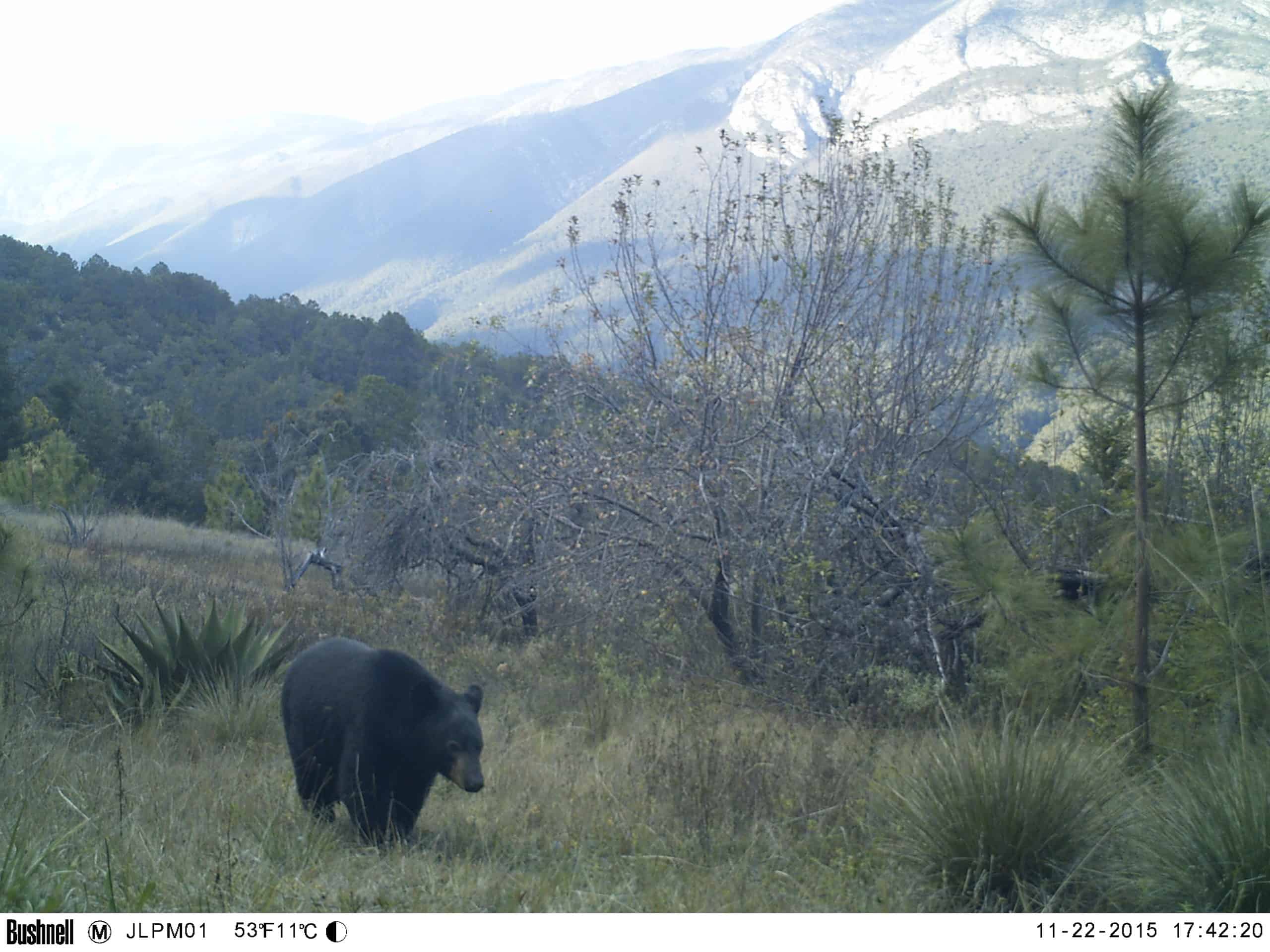
Credit: Juan Luis Peña
Lopez Gonzalez said the research shows that bears in each sierra should be managed differently. Conflicts with black bears generally occur more in the eastern range (pictured above) than in the western range. Part of this is because there are more humans in the eastern range, and sometimes bears can get into houses or cause other problems.
Enlarge
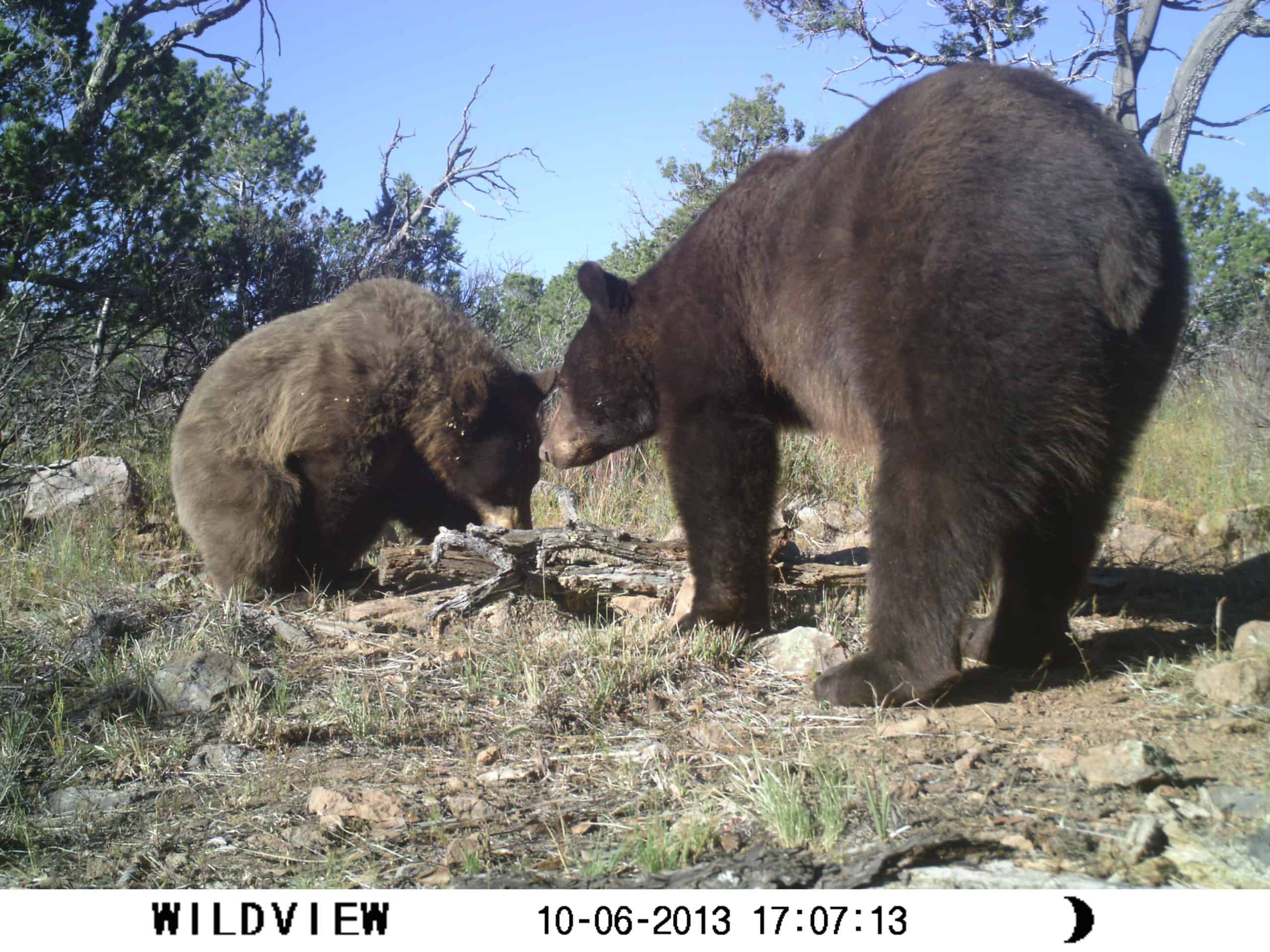
Credit: UAQ/Itzeni/CONANP
Meanwhile, lighter colored bears, like the ones above, in the Sierra Madre Occidental have more conflicts with ranchers and livestock.
Conflicts in both the east and west can sometimes even push people to poison bears.
“The species is considered to be in danger of extinction in Mexico,” Lopez Gonzalez said.
Landowners aren’t always targeting bears when distributing poison—they are often directing it at coyotes (Canis latrans) or other species. But bears—and endangered Mexican wolves (Canis lupus baileyi)—sometimes end up the victims.
Enlarge
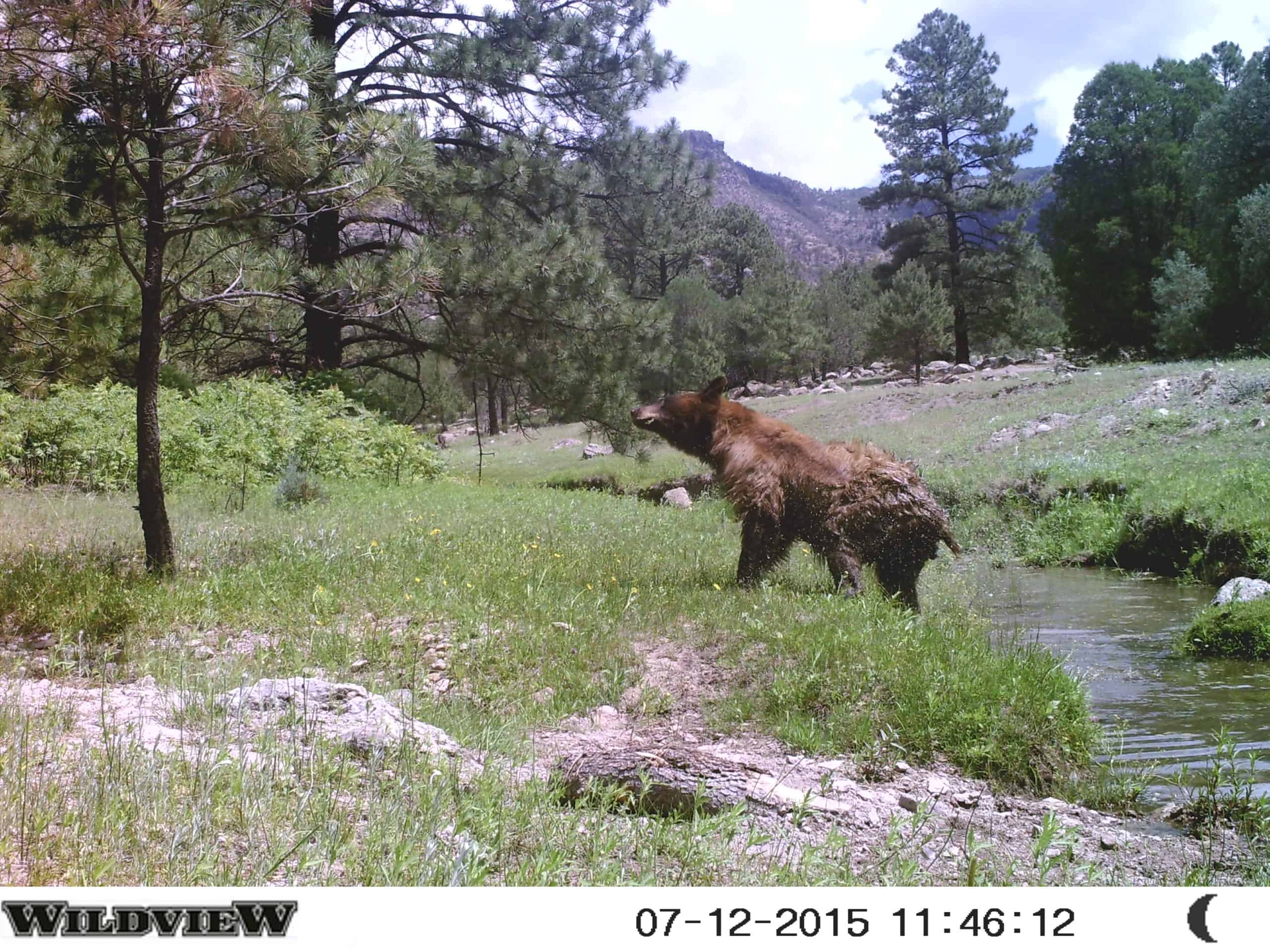
Credit: UAQ/Itzeni/CONANP
This photo essay is part of an occasional series from The Wildlife Society featuring photos and video images of wildlife taken with camera traps and other equipment. Check out other entries in the series here. If you’re working on an interesting camera trap research project or one that has a series of good photos you’d like to share, email Josh at jlearn@wildlife.org.
Header Image: Black bears in the Sierra Madre Occidental are often lighter in color. Credit: UAQ/Itzeni/CONANP



